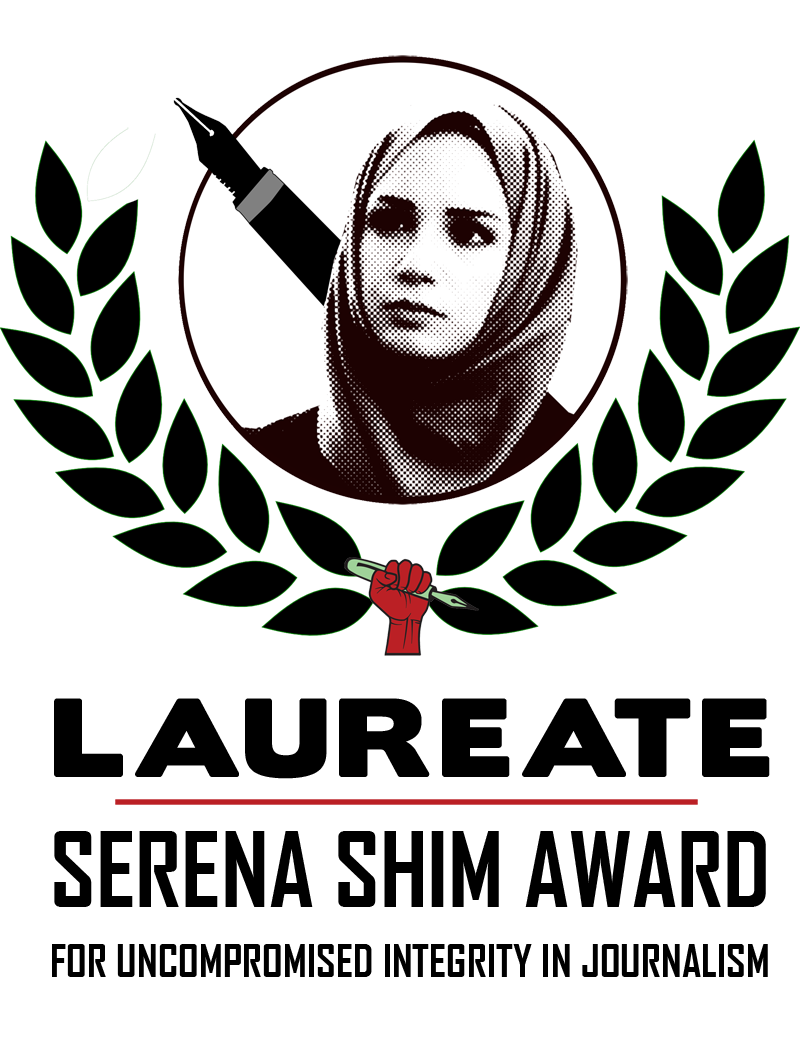
Multiculturalism is not meant or just necessary for one particular ethnic group. It is necessary for all ethnic groups, genders and social classes. It is important because we live in a global economy and also for the improvement of our social conscious.
Many people are aware that there is a variety of ethnic groups but we need to be able to see beyond that and stop over generalizing. We need to in essence see the individual on the basis of who they are and not their gender, physical appearance, culture, language, political, and religious beliefs. In doing so, we are less likely to marginalize and dehumanize a person. Achieving a change in thinking takes time and sometimes several generations.
Students have an opportunity to be exposed to other cultures within the school setting. There is a tendency for ethnic groups to stay within their homogenous group. They stay within their comfort zone. If we are to help decrease prejudice and discrimination, we need to implement multicultural education in schools. The students can gain a better understanding of other cultures. The tendency to hate and fear what you do not know or understand exists in North America and through education or in essence knowledge, the students can develop a social conscious.
Dr. Banks lists five dimensions to multicultural education: “content integration, knowledge construction process, prejudice reduction, equity pedagogy, and empowering school culture and social structure.” (4)
In content integration, teachers supplement their lesson plans with materials and examples from different cultures to explain concepts and academic information such as the contributions by different cultures to the North American society, comparison and contrasting between languages, there are variations of the English language itself through out North America in not only pronunciation but also spelling.
In knowledge of construction of process, the teacher needs to help the student understand “how knowledge is created and influenced by racial, ethnic, and social-class positions of individuals and groups.” (9) Students need to develop their critical thinking skills to determine where the source of the information is from rather than accepting something at face value. They need to understand that the author or researcher’s socialized life structure will influence their way of thinking and may be as objective as they believe themselves to be. They also need to understand that depending on the time period, the way of thinking of said period will also influence the information.
Multiculturalism education can do so much in reducing prejudice. It is such a great opportunity to help the students understand what is prejudice and discrimination, by not only defining it but also providing them examples of it. Many students begin the school year with negative attitudes toward certain ethnic groups that they learned through family, friends and the media. They are not aware that some of the words they use to describe ethnic groups is a racial slur. Teachers have the opportunity to help the students gain a more positive view of ethnic groups and genders.
Equity in pedagogy is another important dimension of multiculturalism in which the teacher can draw from the students rich and diverse “racial, cultural, ethnic, language, and gender groups”. (15) In doing so the teacher provides for a higher level of achievement motivation and a decrease level of fear of success in the students. By doing so the teacher can do away with the past chilly classroom and nulling environments. The students can develop a high self concept in which they believe that they do matter and that they can make a difference in this world. They in effect become empowered and their voices are not silenced.
Finally but not at all the least of all dimensions is an empowering school and culture and social structure. In order for multicultural education to be as successful as it can be, there needs to be a serious analysis of the school district, schools, principals, teachers and other school staff and programs of said school district. There needs to be an examination of equity for all ethnic groups, genders, social classes and cultures to ensure there is no prejudice or discrimination being done to hinder any “educational equity”. (16)
References:
Banks, James A. Cultural Diversity and Education Foundations, Curriculum and Teaching. Fifth Ed. Pearson Education, Inc. 2006.
Wink, Joan. Critical Pedagogy Notes from the Real World. Third Ed. Pearson Education, Inc. 2005.






